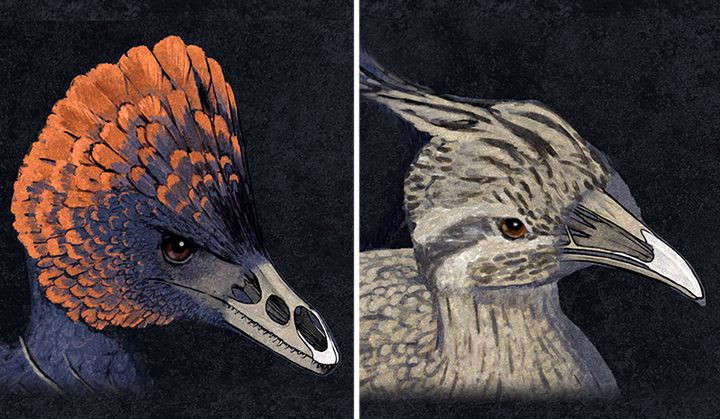Scientists Tweak Bird Beaks Into Dinosaur Snouts To Study Evolution
A group of scientists said Tuesday that they have managed to turn back the evolution clock. The researchers said they successfully manipulated proteins in embryonic chicken cells to turn the bird’s beak into something like a dinosaur snout, from which it is believed to have evolved.
The scientists said they have been able to replicate the molecular processes responsible for the evolutionary transition of dinosaur snouts to the first bird beaks.
As part of the study, published in the journal Evolution on Tuesday, the scientists used fossil records as a guide to recreate the molecular development to transform chicken embryos into a dinosaur snout, and examine configuration similar to that of small dinosaurs such as Velociraptor and Archaeopteryx.
“The beak is a crucial part of the avian feeding apparatus, and is the component of the avian skeleton that has perhaps diversified most extensively and most radically -- consider flamingos, parrots, hawks, pelicans, and hummingbirds, among others,” Bhart-Anjan S. Bhullar, a paleontologist at the Yale University in New Haven, Connecticut, said in a statement.
In their quest to recreate a specimen of dinosaur snout, scientists first performed quantitative analysis of the anatomy of related fossils as well as existing animals. They also searched for possible shifts in gene expression that might have linked to the transition in the embryos of emus, alligators, lizards and turtles.

Scientists also found that chickens, emus and other birds discharge large patches of proteins during embryonic development, while other beakless animals produce smaller amounts of the same proteins. To block the production of the proteins and the beaks they would eventually produce, scientists released chemical inhibitors into what would become the faces of the embryonic chickens.
The process helped “induce the ancestral molecular activity and the ancestral anatomy. Not only did the beak structure revert, but the process also caused the palatine bone on the roof of the mouth to go back to its ancestral state,” scientists said in the statement.
However, some experts said that the evolution of the beak was a very slow and complicated process, and it cannot be explained by studying one gene and a few proteins, the New York Times reported.
“It’s a simple kind of thing, but when you look at the actual pieces of data, it tends to fall apart,” Ralph S. Marcucio, a developmental biologist at the University of California, San Francisco, told the Times. “It takes away from the complexity that’s the reality.”
© Copyright IBTimes 2025. All rights reserved.






















